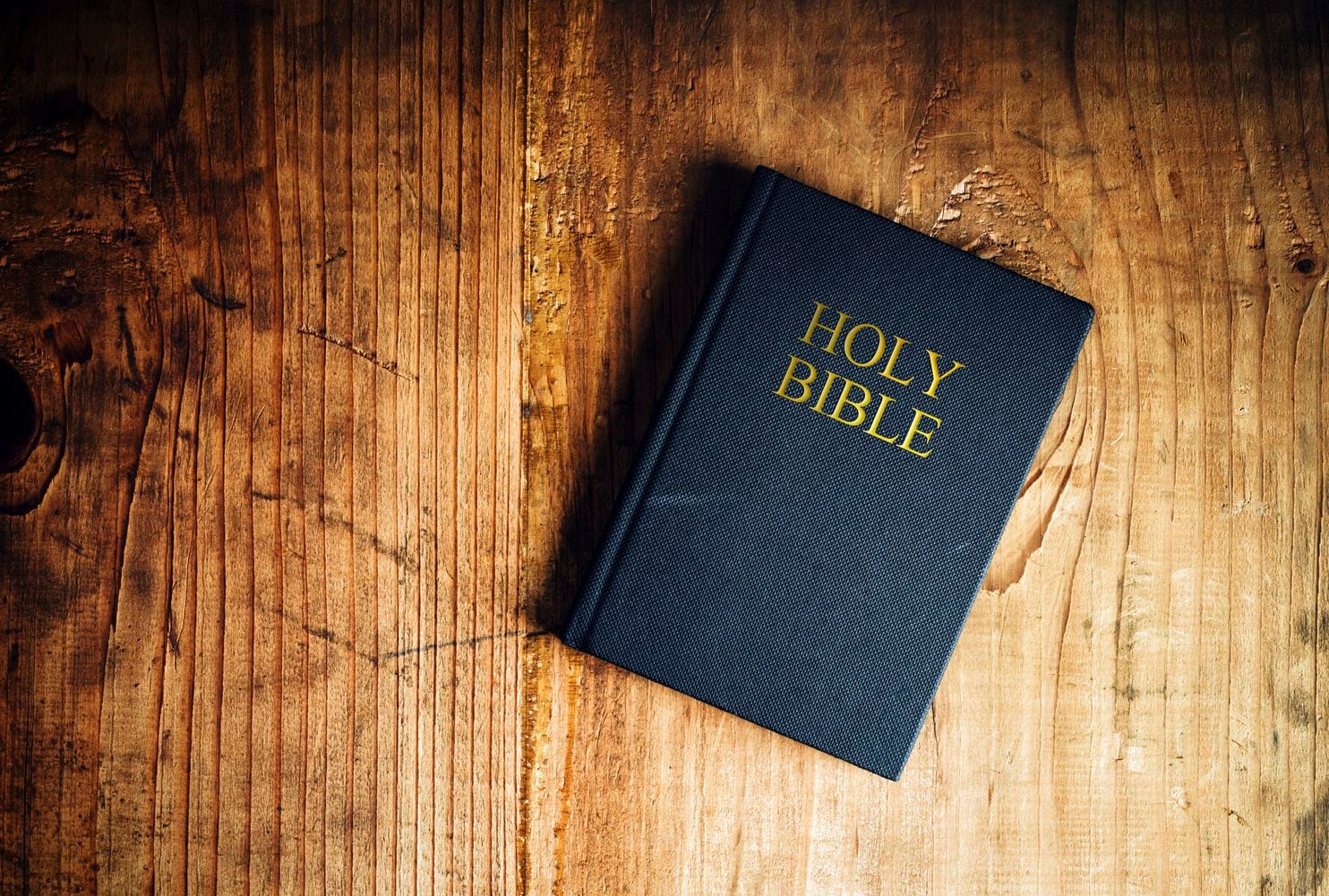Indexed by persons, publishers, and topics. New York: Bowker, 1972-81), an extensive history of guide publishing from 1630 to 1980, with discussions of printing, bookselling, economics of the commerce, publishers, copyright, bestsellers, illustration, manufacturing, censorship, and specialised kinds of publishing (especially religious, children’s, music, non-public press, guide membership, and university press). For studies published after 1969, consult ABHB: Annual Bibliography of the History of the Printed Book (U5275). Tanselle’s survey is complemented by B. J. McMullin, “Indexing the Periodical Literature of Anglo-American Bibliography,” Studies in Bibliography 33 (1980): 1-17, an evaluation of the indexing of bibliographical scholarship within the 1974 volumes of ABHB: Annual Bibliography of the History of the Printed Book (U5275), Bibliographic Index (D145), British Humanities Index (G370), Essay and General Literature Index (G380), Humanities Index (G385), Internationale Bibliographie der geistes- und sozialwissenschaftlichen Zeitschriftenliteratur (G390), Library Literature, ABELL (G340), and MLAIB (G335). London: British Lib.; New Castle: Oak Knoll, 1998. 326 pp.
 Index to Selected Bibliographical Journals, 1933-1970. London: Bibliog. Feather, John. An Index to Selected Bibliographical Journals, 1971-1985. Oxford: Oxford Bibliog. The final untrustworthiness of 1933-1970, the failure to index volumes printed in 1970, and the unacceptable discount in coverage offered by 1971-1985 underscore Feather’s prefatory remark that “bibliography has not been effectively served by indexers.” Indeed, it is unfortunate to have to say that 1933-1970, Barr’s addenda, and Feather constitute the one best index to this physique of publications. A extremely selective bibliography of English-language publications (through 1988) on the editing of postclassical historical paperwork and literary texts. The prefatory “Suggestions for Teaching” affords helpful advice for those making ready a course in editing. Scholars needing to seek the advice of supplies in personal collections will profit from the recommendation in Gordon N. Ray, “The Private Collector and the Literary Scholar,” The Private Collector and the Support of Scholarship: Papers Read at a Clark Library Seminar, April 5, 1969, by Louis B. Wright and Ray (Los Angeles: William Andrews Clark Memorial Lib., 1969) 25-84, and conveniently reprinted in Ray, Books as a Way of Life, ed. Feather offers superior topic indexing but unaccountably fails to proceed protection of Studies in Bibliography and Papers of the Bibliographical Society of America-two of a very powerful bibliographical journals-or to substitute journals no longer published with AEB: Analytical and Enumerative Bibliography or Text: An Interdisciplinary Annual of Textual Studies.
Index to Selected Bibliographical Journals, 1933-1970. London: Bibliog. Feather, John. An Index to Selected Bibliographical Journals, 1971-1985. Oxford: Oxford Bibliog. The final untrustworthiness of 1933-1970, the failure to index volumes printed in 1970, and the unacceptable discount in coverage offered by 1971-1985 underscore Feather’s prefatory remark that “bibliography has not been effectively served by indexers.” Indeed, it is unfortunate to have to say that 1933-1970, Barr’s addenda, and Feather constitute the one best index to this physique of publications. A extremely selective bibliography of English-language publications (through 1988) on the editing of postclassical historical paperwork and literary texts. The prefatory “Suggestions for Teaching” affords helpful advice for those making ready a course in editing. Scholars needing to seek the advice of supplies in personal collections will profit from the recommendation in Gordon N. Ray, “The Private Collector and the Literary Scholar,” The Private Collector and the Support of Scholarship: Papers Read at a Clark Library Seminar, April 5, 1969, by Louis B. Wright and Ray (Los Angeles: William Andrews Clark Memorial Lib., 1969) 25-84, and conveniently reprinted in Ray, Books as a Way of Life, ed. Feather offers superior topic indexing but unaccountably fails to proceed protection of Studies in Bibliography and Papers of the Bibliographical Society of America-two of a very powerful bibliographical journals-or to substitute journals no longer published with AEB: Analytical and Enumerative Bibliography or Text: An Interdisciplinary Annual of Textual Studies.
Although it overlaps significantly with ABHB: Annual Bibliography of the History of the Printed Book (U5275), BBB was considerably extra current and correct (nonetheless, like ABHB, it incorporates quite a few errors, misclassifications, and omissions). Book History Online both cumulates and continues ABHB (although the data from early volumes haven’t yet been added to the database). ABHB was typically far behind in protection (with volumes sometimes together with a number of retrospective entries), inconsistent in indexing journals ostensibly scanned regularly, and ceaselessly inaccurate in transcription and classification (although its accuracy in both areas improved in the later volumes). Under every author or subject, 1933-1970 lists entries alphabetically by journal, then chronologically by publication date; Feather lists entries alphabetically by title underneath writer heads, by author below subject heads. Cumulative index: vols. 1-17, Cumulated Subject Index, ed. Because 1933-1970 is derived from a Bodleian Library card index that was compiled over a number of years by various persons, there are quite a few errors in transcriptions, oversights (e.g., a complete volume of Library was omitted, though it is listed in Barr’s addenda), and inconsistencies in subject headings. Although prefatory matter to editions is excluded, some critiques of editions are listed.
Entries are organized in eight variously categorised divisions: general research (together with sections for bibliographies of bibliographies, national bibliographies, and analytical and descriptive bibliography); individual authors; e-book manufacturing (together with sections for handwriting and typography, composition, printing, paper, illustration, and binding); forms of printed works (including children’s books, periodicals, newspapers, and ephemera); bookselling, publishing, e book gathering, libraries, and bookplates; readers and studying; curiosa; and opinions. The bibliographies for 1949 via 1955 are reprinted with corrections and a cumulative index as vol. Five appendixes: (in vol. Hendrik D. L. Vervliet, vol. This also might differ among compatriots whose ‘cultures’ are just a few hundred miles apart. The frank, sexually specific (naturally) narratives cover a variety of experiences-some are sweet and transformative; others are perfunctory or borderline forgettable-but the one thing all of them share is the importance of sexual agency. Some of their intercourse clubs also have wild methods to lure in members and one even masqueraded as a meditative Buddhist retreat.


